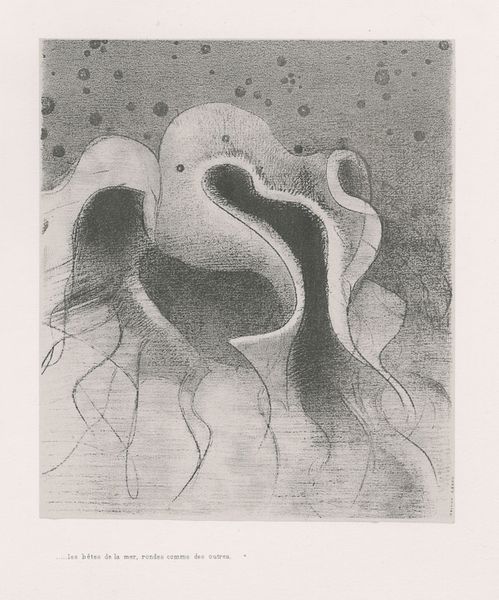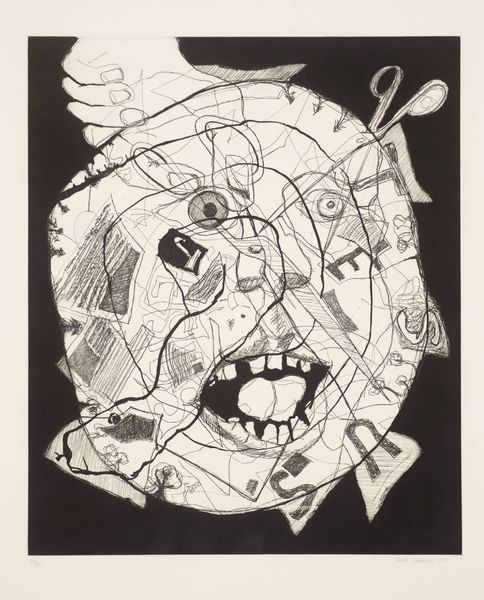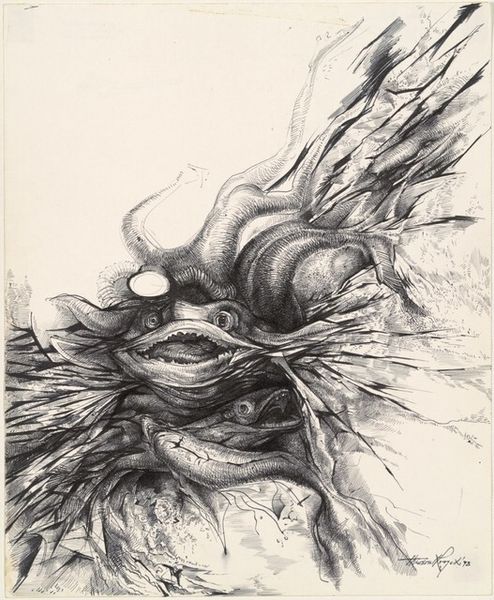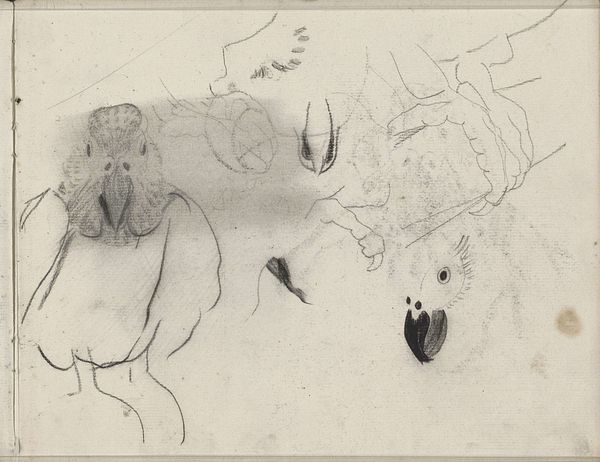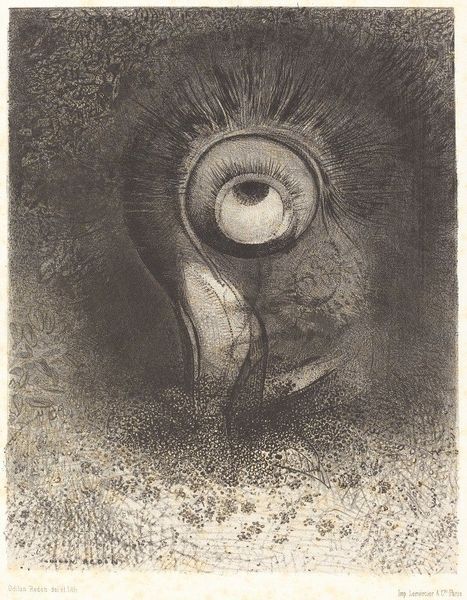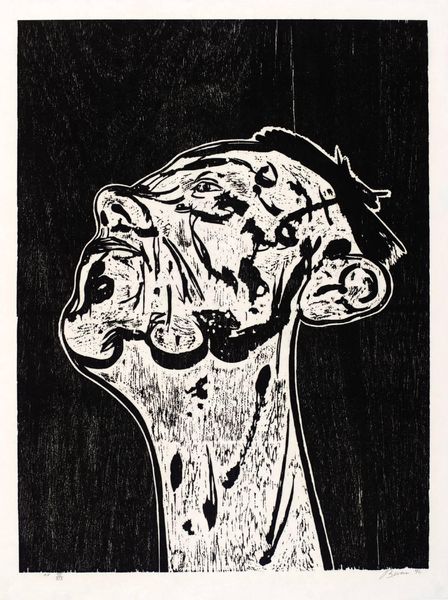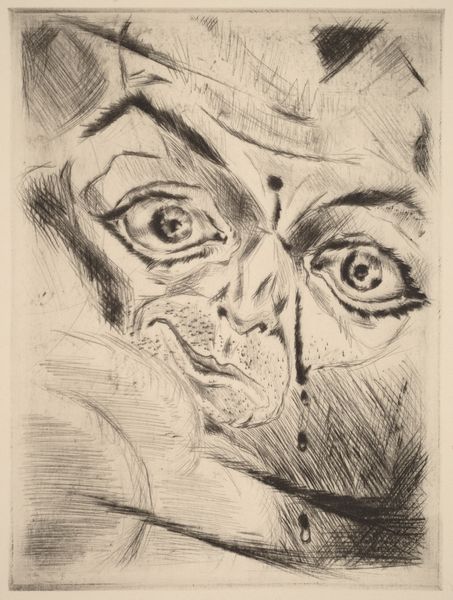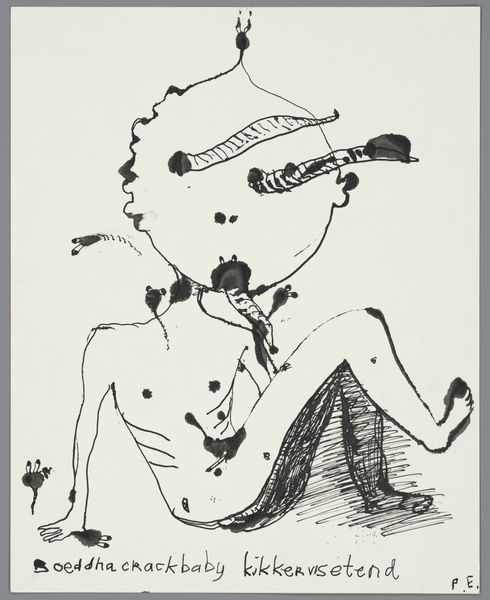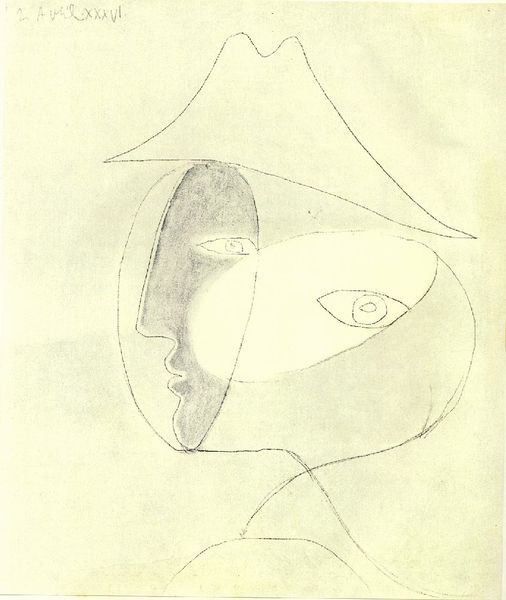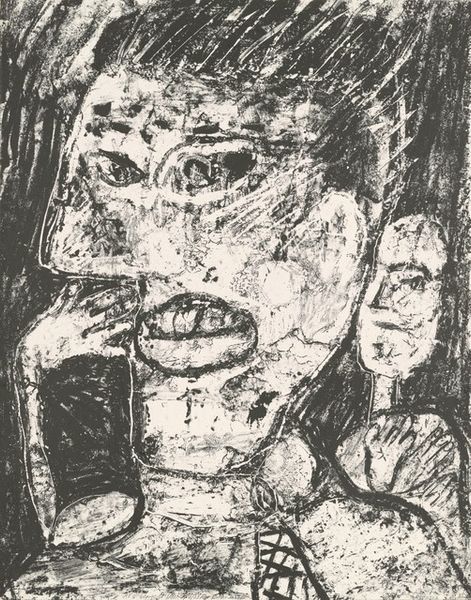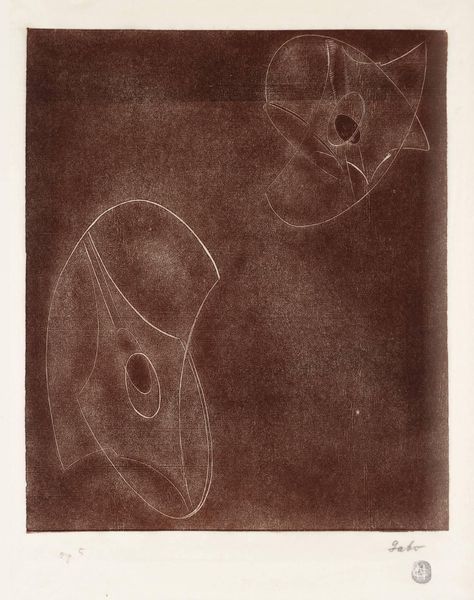
lithograph, print
#
allegories
#
lithograph
# print
#
fantasy-art
#
pencil drawing
#
abstraction
#
line
#
symbolism
Copyright: Public domain
Curator: Welcome. Today, we're looking at Odilon Redon's striking lithograph, "And the eyes without heads were floating like molluscs (plate 13)", created in 1896. Editor: It’s unsettling. The soft greys give it an ethereal feel, but those disembodied eyes…they're quite haunting. And the textural variations achieved with lithography are stunning. Curator: Redon was a key figure in the Symbolist movement. His work explores dreamlike imagery, drawing on mythology and the subconscious. This particular print was part of a series inspired by Gustave Flaubert's "The Temptation of Saint Anthony". Consider the fin-de-siècle context—a period grappling with societal anxieties and spiritual uncertainties. Editor: Absolutely. The composition feels so carefully considered. Notice how the eyes vary in size and intensity, each seemingly adrift in its own bubble. There's a rhythmic quality in the distribution of forms across the space; each element, isolated yet connected, suggests something lurking below the surface of perception. Curator: Flaubert’s text describes bizarre visions that taunt Saint Anthony, and Redon visually captures that sense of fragmented, hallucinatory experience. The "eyes without heads" are open to diverse interpretations, and one can associate this with social or moral dissolution. They challenge rational perception, offering instead a glimpse into a chaotic internal world. Redon's pieces often appeared in journals and books as prints. Editor: What strikes me is the stark contrast between the precision of the drawn lines, delineating each form, and the ambiguous setting these forms inhabit. This contrast enhances the work's ambiguity—a state oscillating between clarity and the formless unknown. This balance is particularly powerful. Curator: Redon used lithography to evoke the very essence of his imagination and feelings on the changing modern times and its social conditions. These images challenged established norms. Editor: The work serves as an exercise in semiotics and interpretation as its structure asks us to consider not what is immediately represented, but the infinite layers of significance an artist imbues a piece with. I suppose this shows that art doesn't simply depict; it invites engagement. Curator: Indeed. A print such as this urges us to look inward. Editor: Exactly. It seems an embrace of our internal depths.
Comments
No comments
Be the first to comment and join the conversation on the ultimate creative platform.
